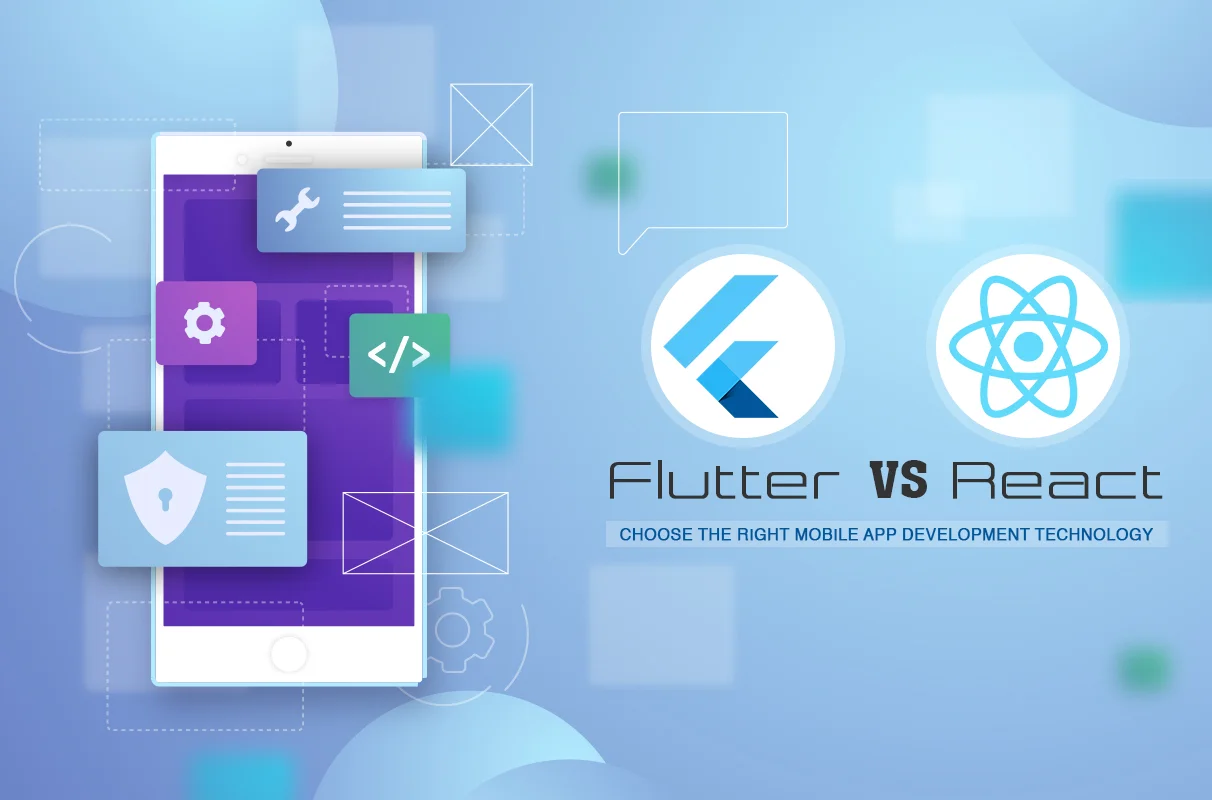
Choosing a Genuine Digital Marketing For Your Company
May 23 , 2023
Welcome To Technext Technosoft


The two biggest mobile app platforms are Android and iOS. Both of them allow certain native technologies with the help of which a mobile app development company in Durgapur can develop apps for the platform. But that trend is changing since more and more frameworks that allow for cross-platform app development are increasing. One example of this technology is Flutter.
As such, businesses are increasingly asking- which technology is the best? Now the answer to this decision depends on multiple factors. So today we will explore those factors and conclude whether native tech or frameworks like Flutter is the best mobile app development technology for your needs.
Table of Contents
We will discuss a variety of factors that will allow us to determine which one will be the best for mobile app development. We are the best website development company in Durgapurto help you with the right insights.
Native Technology– If you are building an application with the aim of catering to the user base of one mobile platform, then native technology is what you need. After all, developing for one platform means that the development team and the time taken to complete the project will be short. As such, if you are developing an enterprise-level application, then native technology will be perfect.
However, if you are planning on hiring a software development company in Durgapur to develop an app that will work on both iOS and Android, then using native technology will increase the time and cost of development. This is because two teams will be needed- one which specializes in iOS and another which specializes in Android. So this will increase your cost.
Flutter– If you want to develop an app that runs on dual platforms at low cost and double the speed, then Flutter is the answer to that. After all, the developers of the mobile app development company you have hired will only need to write the code once for two platforms. Not to mention that Flutter is easier for new developers to understand as well. So the training expenses will be economical too.
Native Technologies– Know that it’s expensive to ensure maintenance and support for an iOS and Android application developed using native mobile app development technology. This is because your developers will have to program the app separately for Android and iOS both. As you can imagine- identifying bugs and updating the code on a periodical basis is time-consuming.
Flutter–On the other hand, maintaining an application made in Flutter is easy since the developers will just work on maintaining one codebase. This will reduce the time and cost taken to fix errors and bugs. After all, they will be able to spot issues quickly and the easy simplicity of the code will allow them to source various external tools. This flexibility will also help foster business stability.
Native Technologies– Note that the integration capabilities of the native mobile app development technology used for developing Android and iOS apps depend on the app performance and software design type/pattern. Generally, native tools like Swift (for iOS) allow for impressive advancements in safety and features.
As such, it allows for easy integration. The same is true for Android frameworks like Java and Kotlin. Both of them allow for seamless integration as well.
Flutter– For Flutter, know that integration of specific features for Android and iOS needs add-on plugins like that of Android Archive (AAR), CocoaPods, etc. Integrating unique third-party plugins is considered to be challenging for Flutter developers who are not advanced enough or unaware of how Dart functions.
We should also mention that there are some limitations to the Flutter engine when it comes to integrating the native modules through Xcode of the Android Studio. However, there’s documentation that provides readily available manual instructions for overcoming these problems and integrating them with Android and iOS. While it can increase the time taken to complete it, but easily overlooked due to the cost that’s saved.
Native Technologies– Know that Android and iOS apps work well without the need for external library features thanks to their native performance features. It goes without saying that native apps that are developed using native technologies work well at 120 and 60 FPS even with core application animations.
Flutter– Flutter doesn’t need a connecting bridge to join with the native components. Note that performance tests have indicated that applications developed with Flutter performed at a steady 60FPS.
It was recorded that the time needed to render frames didn’t exceed 16 milliseconds. Along with this, Flutter makes use of Skia, which ensures that the UI gets redrawn every time there’s a change in the app viewing. As a result, Flutter works really well at 60 FPS and can perform at 120 FPS as well.
There are a lot of factors that you need to consider when deciding which technology to choose. But the four stated above will allow you to make an informed decision fast. So after studying the above points, it’s easy to determine that if you want to develop apps for dual mobile platforms and at less cost/time, then Flutter is the framework you need. However, we should mention that native apps are perfect for the specific platform you want to develop your application for.
Your email address will not be published. Required fields are marked *